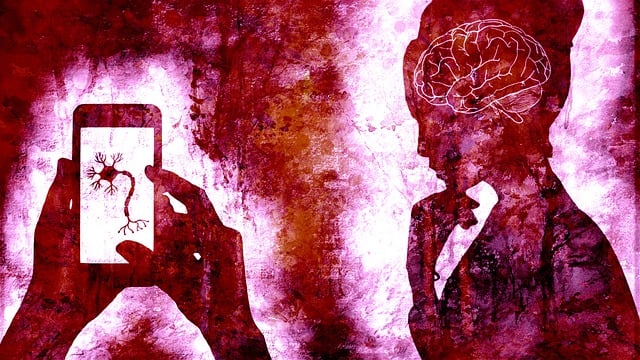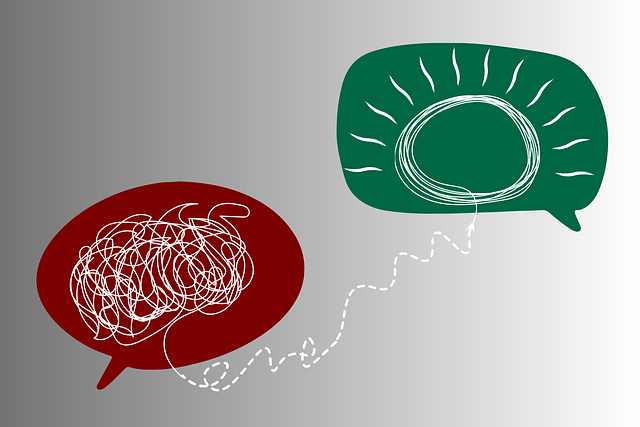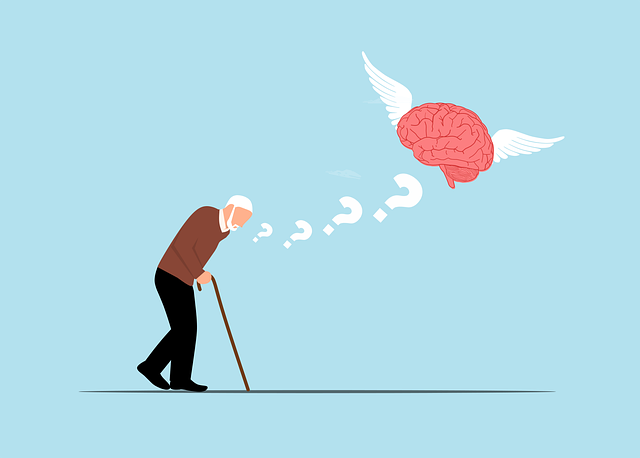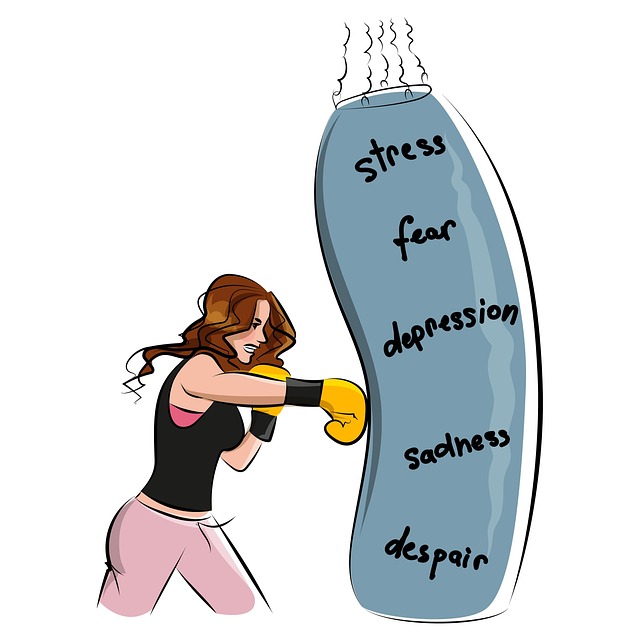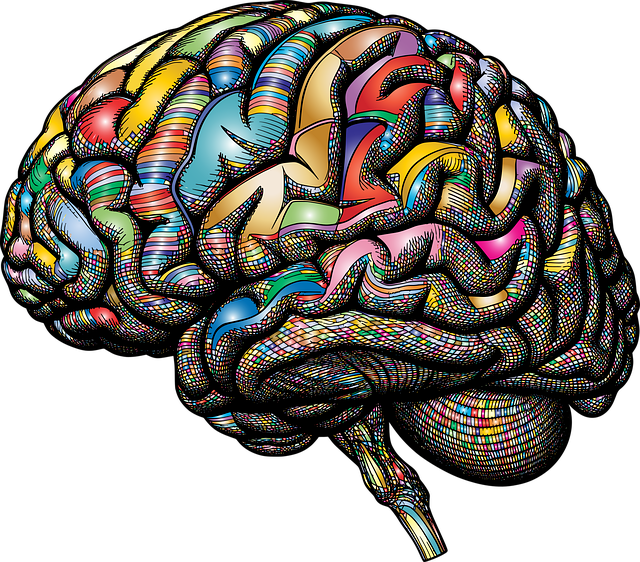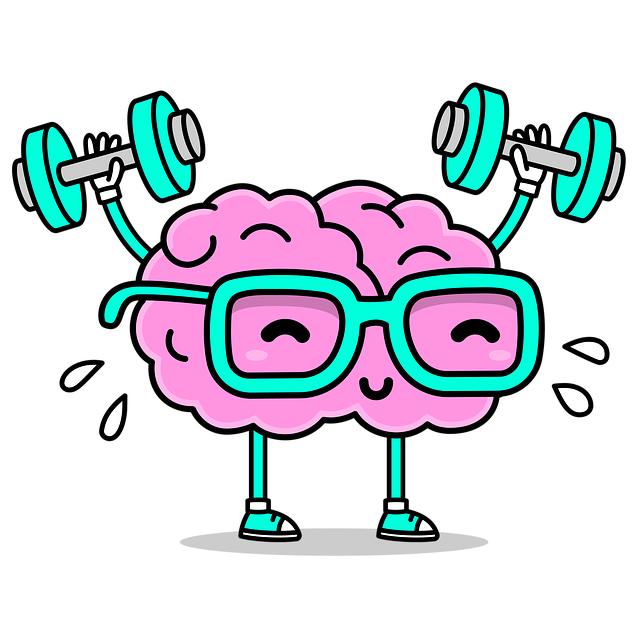This text explores addressing Attention Deficit Disorder (ADD) and Attention Deficit Hyperactivity Disorder (ADHD) in teenagers through culturally sensitive therapy. It emphasizes the importance of early intervention, effective messaging in public awareness campaigns, engaging teens online, community involvement, and tailored therapy for improved focus, impulse control, and organizational skills. Measuring campaign success involves tracking reach, engagement, behavioral changes, knowledge levels, self-care adoption, stress reduction, and burnout prevention strategies using both quantitative and qualitative data. The ultimate goal is to promote positive outcomes for Therapy for Adolescent Teens ADD-ADHD.
Public awareness campaigns play a pivotal role in shedding light on mental health issues like Attention Deficit Disorder (ADD) and Attention Deficit Hyperactivity Disorder (ADHD) among adolescent teens. This article guides you through crafting impactful campaigns that educate and support affected individuals. We explore strategies to engage teens and communities, leverage creative media and technology, and measure success through effective outreach. By understanding the challenges of ADD-ADHD in teens, we can better develop therapy-enhancing public awareness initiatives.
- Understanding ADD-ADHD in Adolescent Teens: Unveiling the Challenge
- Crafting Effective Public Awareness Campaign Messages
- Engaging Teens and Their Communities: Strategies for Success
- Utilizing Creative Media and Technology for Maximum Impact
- Measuring Success: Evaluating the Effectiveness of Campaign Outreach
Understanding ADD-ADHD in Adolescent Teens: Unveiling the Challenge

Understanding ADD-ADHD in adolescent teens is a complex challenge often overlooked in public discourse. This neurodevelopmental disorder, characterized by difficulties in attention, hyperactivity, and impulsivity, can significantly impact daily functioning and overall well-being. Teenagers with Attention Deficit Disorder (ADD) or Attention Deficit Hyperactivity Disorder (ADHD) face unique barriers in academic settings, social interactions, and self-regulation. Without proper diagnosis and therapy for adolescent teens with ADD-ADHD, these challenges can persist into adulthood, compounding the impact on their future prospects.
Cultural sensitivity in mental healthcare practice plays a pivotal role in addressing this challenge effectively. Healthcare provider cultural competency training ensures that professionals are equipped to understand and accommodate diverse cultural perspectives surrounding mental health. Compassion cultivation practices, integrated into therapy for adolescent teens with ADD-ADHD, foster an environment of understanding and acceptance, encouraging both teens and their families to navigate this journey with resilience and hope.
Crafting Effective Public Awareness Campaign Messages

Crafting compelling messages is key to a successful public awareness campaign. When addressing sensitive topics like Therapy for Adolescent Teens with ADD/ADHD, clarity and sensitivity are paramount. The language used should be accessible, avoiding medical jargon to ensure the message resonates with the target audience. Emphasize the importance of early intervention and support, framing the issue in a way that fosters empathy from the community.
Incorporate strategies for building empathy, such as personal narratives or stories of success, to humanize the experience of teens facing these challenges. Also, subtly integrate burnout prevention strategies for healthcare providers who play a crucial role in these efforts, ensuring the well-being of those dedicated to helping others while promoting self-care practices to sustain their own mental health.
Engaging Teens and Their Communities: Strategies for Success

Engaging teens and their communities is vital for successful public awareness campaigns. In today’s digital era, folks are more connected than ever, especially adolescents who navigate a labyrinthine landscape of social media and online interactions. For campaigns targeting therapy for adolescent teens with ADD-ADHD, leveraging these digital touchpoints can be transformative. By fostering self-esteem improvement and positive thinking through engaging content, healthcare providers can prevent burnout and offer support in innovative ways.
Incorporating community involvement is also key to success. Teenagers are more likely to connect with causes when they see peers and role models participating. Organising local events, workshops, or peer-to-peer support groups can amplify the impact of awareness campaigns. These initiatives not only educate but also create a sense of belonging, encouraging teens to take charge of their mental health and well-being. This collaborative approach aligns with burnout prevention strategies for healthcare providers, fostering sustainable engagement and positive outcomes.
Utilizing Creative Media and Technology for Maximum Impact

Measuring Success: Evaluating the Effectiveness of Campaign Outreach

Measuring the success of public awareness campaigns is paramount to understanding their impact and effectiveness. When focusing on crucial health topics like Attention-Deficit/Hyperactivity Disorder (ADD-ADHD) among adolescent teens, evaluating campaign outreach involves a multi-faceted approach. This includes tracking key metrics such as reach, engagement, and changes in behavior or knowledge levels among the targeted population.
One way to gauge success is by assessing the adoption of Self-Care Practices and Stress Reduction Methods promoted through the campaign. Additionally, measuring burnout prevention strategies among teens can provide insights into the long-term effectiveness of the outreach. By combining quantitative data (like website traffic, social media interactions) with qualitative feedback (through surveys or focus groups), organizations can gain a comprehensive understanding of their campaign’s impact, ensuring that efforts are not only reaching but also resonating and driving positive change for adolescent teens dealing with ADD-ADHD.
Public awareness campaigns play a pivotal role in educating communities about mental health issues, particularly ADHD in adolescent teens. By understanding the challenges faced by this demographic and employing strategies like crafting compelling messages, engaging teens directly, and utilizing creative media, we can foster greater acceptance and access to therapy for adolescent teens with ADD-ADHD. Measuring campaign success through evaluation ensures ongoing improvement and maximum impact on societal understanding and support for these individuals.


